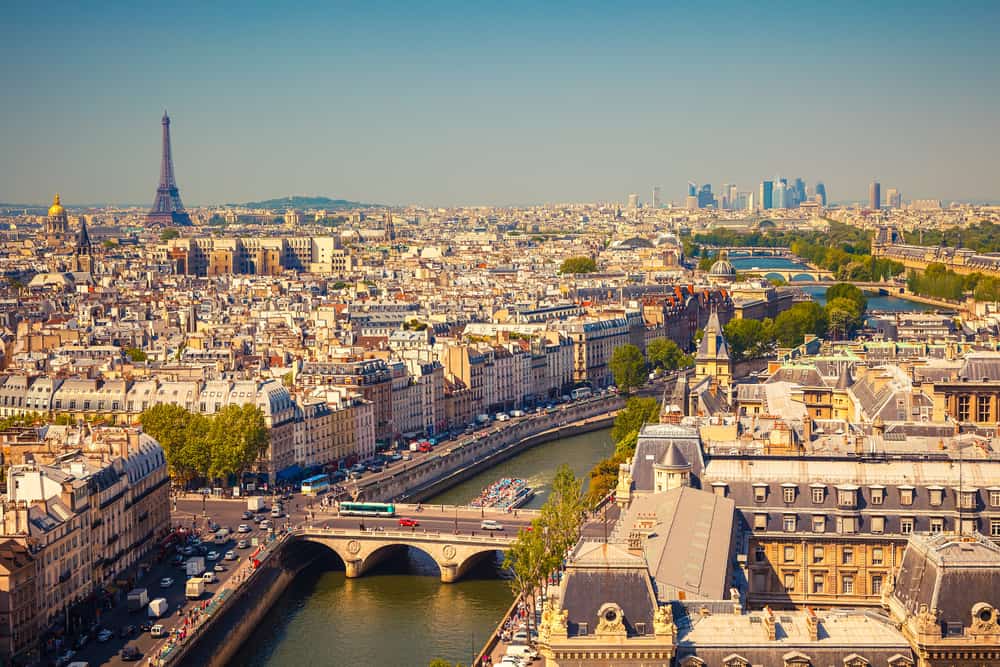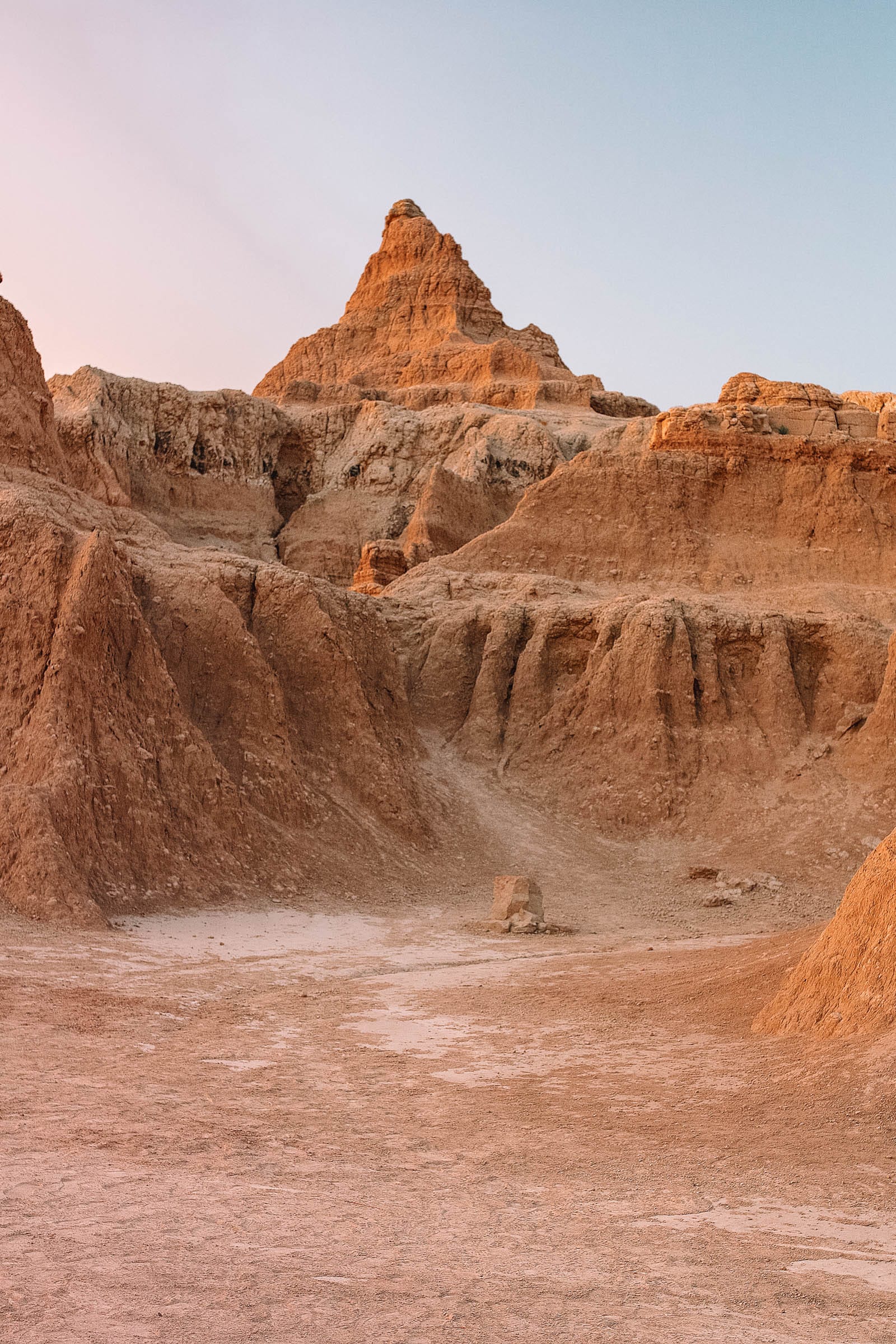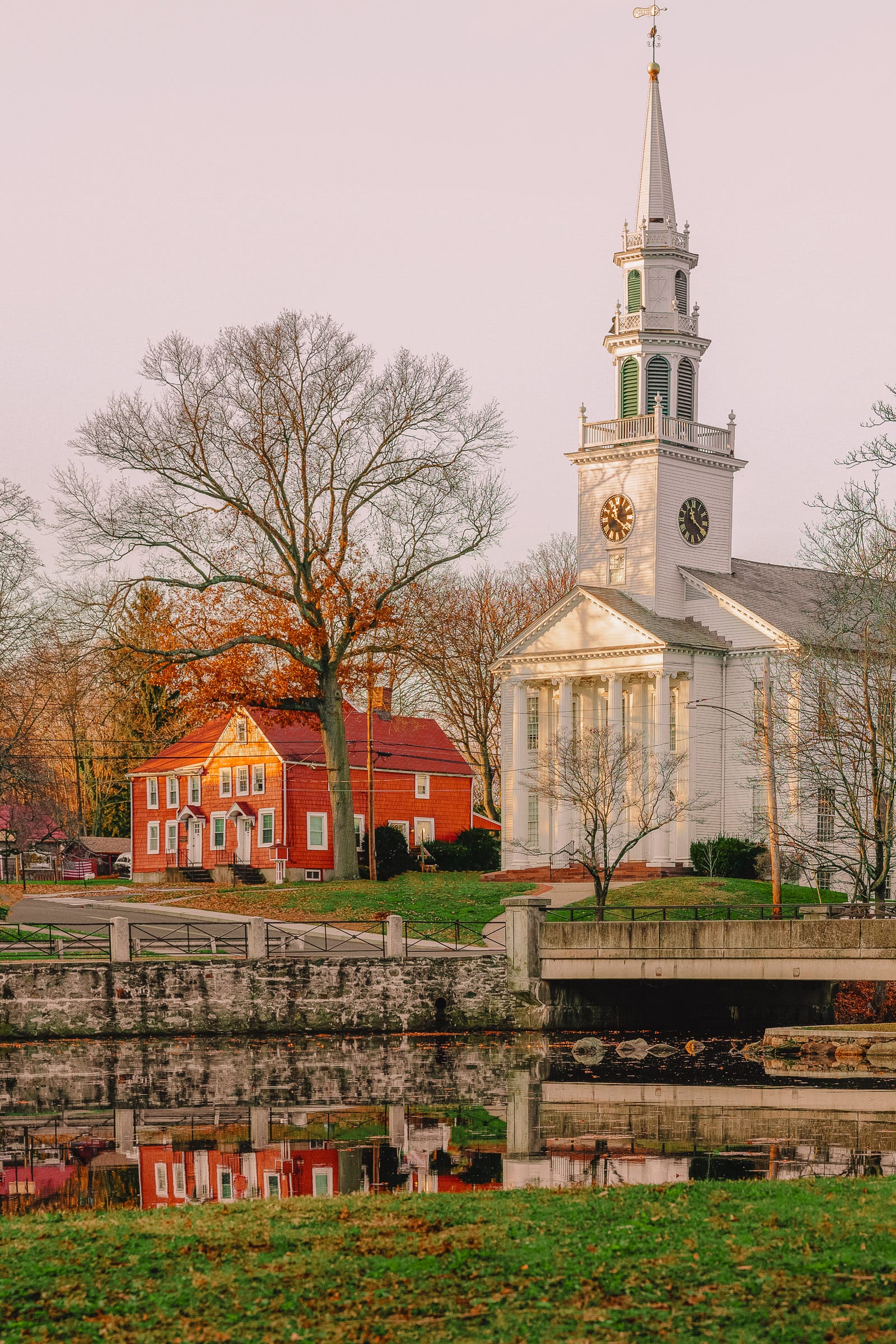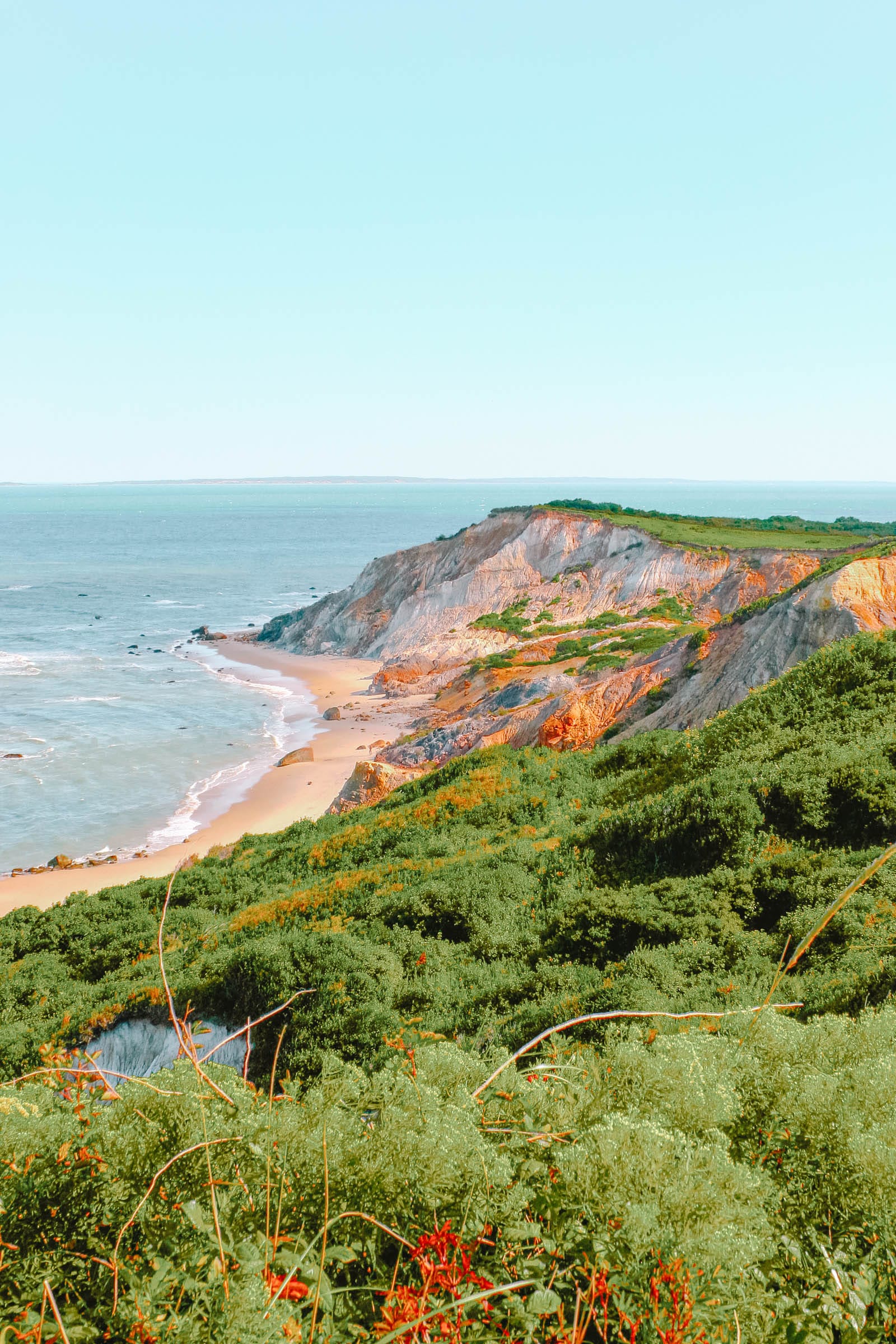Summary
- Palace of Versailles
- Paris
- Disneyland Paris, Marne-la-Vallée
- Château de Vaux-le-Vicomte, Maincy
- Château de Courances, Essonne
- Domaine de Sceaux
- Le Parc de la Vallée-aux-Loups, Châtenay-Malabry
- Basilica Cathedral of Saint-Denis
- Forest of Fontainebleau
- Maison Jean Cocteau, Milly-la-Forêt
- Musée Albert-Kahn, Boulogne-Billancourt
- Château de Vincennes
- Auvers-sur-Oise
- Parc des Félins, Lumigny-Nesles-Ormeaux
- Château de Malmaison
When visiting Paris, it is advisable to explore beyond the Boulevard Périphérique to discover the treasures of the broader Île-de-France region.
While renowned attractions such as the Palace of Versailles and Disneyland Paris will be familiar to most, unexpected delights await discovery.
If you appreciate châteaux and formal gardens, you could easily spend days traversing from one historic estate to another, while the residences of various notable French figures are also open to the public.
Additionally, you may wish to escape the bustle of Parisian streets for tranquil walks in the countryside, with the added benefit of these serene locations being conveniently close.
Let us explore the premier activities in Île-de-France:
1. Palace of Versailles

You may have read about it or viewed it in films, but nothing quite prepares you for the scale and grandeur of the palace in reality.
The gardens alone were a project that took four decades to complete.
With an overwhelming array of sights, planning your visit is crucial; be sure to arrive early to mitigate long wait times, as the palace attracts large crowds.
A highlight is the Hall of Mirrors, the site of historic events such as the signing of the Treaty of Versailles, symbolizing the economic power held by Louis XIV in the 17th century.
2. Paris

As one of the world’s iconic cities, Paris requires little introduction.
It dazzles with its rich culture, history, shopping, nightlife, and instantly recognizable landmarks.
A brief exploration encompasses numerous notable sights, including the Eiffel Tower, the Louvre, the Arc de Triomphe, a stroll through Montmartre to the Sacré-Cœur, and a scenic cruise on the Seine.
This is merely the beginning; for those with a keen interest in French art or history, the city is home to countless museums for deeper exploration.
3. Disneyland Paris, Marne-la-Vallée

This resort features two theme parks.
The first, Disneyland Park, inaugurated in 1992, is Europe’s most popular theme park and ranks among the top ten most-visited globally.
It is no exaggeration to state that there is something for everyone among the park’s five “Lands,” which encompass 49 attractions ranging from the adrenaline-pumping Space Mountain: Mission 2 to the family-friendly Alice’s Curious Labyrinth in Fantasyland.
Adjacent to this, the Walt Disney Studios also attracts numerous visitors and offers an engaging insight into the film-making process with areas such as the “Backlot,” showcasing thrilling stunt shows.
4. Château de Vaux-le-Vicomte, Maincy

This extravagant domed palace and its gardens are accompanied by a captivating history.
Constructed for Nicolas Fouquet, an ambitious figure in Louis XIV’s court, he served as Superintendent of Finances in the 1640s.
The construction involved renowned talents such as Louis le Vau, André le Nôtre, and Charles le Brun, who later contributed to Versailles as well.
However, Fouquet’s aspirations aroused the king’s suspicions, leading to his imprisonment from 1661 until his death in 1680. The audio tour reveals his life story as you wander through his lavish estate, a prime example of 17th-century luxury.
Perhaps most enticing is the fact that the crowds at this site are far thinner than those at Versailles.
5. Château de Courances, Essonne

Located one hour south of Paris by car, this palace features formal gardens recognized as some of the finest in France.
Its mid-17th-century renaissance water features have captivated visitors for centuries, characterized by long rectangular ponds sourced from natural springs.
The château and its grounds are unique as they remain privately owned but welcome guests each weekend.
Wandering through the boulevards and around the tranquil pools, visitors can also appreciate the Japanese garden, designed by Duchêne and Mme de Ganay, the ancestors of the current owners in 1930.
6. Domaine de Sceaux

These grounds surround the Château de Sceaux, constructed in the 17th century for Jean-Baptiste Colbert, the finance minister of Louis XIV.
Following the revolution, the original palace was demolished; however, many 17th-century outbuildings remain, including the orangery, stables, and an impressive pavilion.
The park’s gardens were revitalized in the mid-19th century alongside the construction of a more modest version of the château.
Enjoy a leisurely stroll through the parterre, where well-maintained topiaries and uninterrupted lawns create an idyllic atmosphere.
These delightful 17th-century structures have housed the Musée d’Ile-de-France since 1973, featuring exhibits on Paris’s history with a particular focus on the city’s early-20th-century art scene.
7. Le Parc de la Vallée-aux-Loups, Châtenay-Malabry

Occupying over 60 hectares, the Parc de la Vallée-aux-Loups consists of a series of parks and gardens on the southern outskirts of Paris.
The arboretum is the most picturesque area, built upon the Croux family’s nurseries and featuring an extensive collection of exotic trees.
Notably, two trees in the garden have received the label “Arbre Remarquable de France”: a weeping blue atlas cedar and a myrsine-leaved oak, both exceedingly rare varieties.
Visitors can enjoy a leisurely afternoon with a picnic or at the cafe, or explore the residence of the romantic writer Chateaubriand located here.
8. Basilica Cathedral of Saint-Denis

Saint-Denis, while less polished than other areas of outer Paris, is home to a breathtaking Gothic cathedral that serves as the final resting place for nearly all of France’s kings, with only three exceptions.
This fact alone makes it an essential destination.
Visitors can choose from a two-hour guided tour, use a guidebook, or opt for an audio guide.
Before entering, take a moment to appreciate the western facade, established in 1130, recognized as one of the earliest examples of Gothic architecture globally.
Examine the funerary monuments, including the Order of Saint-Louis, dating back to 1250, where the tombs encapsulate the lineage of 16 successive kings.
Over time, tombs were designed while the monarchs were alive, resulting in increasingly elaborate structures, such as the Renaissance marble sculpture for Louis XII and Anne de Bretagne.
9. Forest of Fontainebleau

For a breath of fresh air, consider a day trip south of Paris to this expansive oak and Scots pine forest, which spans 280 square kilometers.
The forest’s vastness warrants a stop at the tourist office for trail maps, accommodating both walkers and mountain bikers.
Visitors can choose from 16 designated hiking routes, varying in length and terrain.
These trails lead to intriguing natural features, including caves and colossal boulders perfect for climbing.
Additionally, explore Fontainebleau, a town located centrally in the forest, which boasts a UNESCO-listed palace once inhabited by monarchs from the 1200s to Napoleon III in the 19th century.
10. Maison Jean Cocteau, Milly-la-Forêt

This residence became home to the 20th-century French cultural icon Jean Cocteau in 1947, where he lived until his passing in 1963. Renowned for his influential relationships, Cocteau welcomed numerous celebrated artists, including Pablo Picasso and Andy Warhol, to his home.
A visit reveals a rich collection of manuscripts, sketches, and multimedia presentations within his office, lounge, and bedroom.
Artworks by Picasso, Modigliani, and Warhol are on display, along with a screening room providing an introduction to Cocteau’s acclaimed cinematic achievements.
11. Musée Albert-Kahn, Boulogne-Billancourt

Located in an upscale suburb just west of Paris, this museum invites exploration into the life of banker and philanthropist Albert Kahn, who is celebrated for his “Archives de la Planète”—a stunning collection of 72,000 color photographs taken internationally between 1909 and 1931. There is nothing comparable to this collection elsewhere.
Those intrigued by anthropology or vintage photography will find hours of engaging material.
Moreover, be sure to visit the park, which was also designed by Kahn and features themes inspired by international locations.
On select summer days, visitors may partake in a Japanese tea ceremony styled after Kyoto in these peaceful gardens.
12. Château de Vincennes

Located in the eastern suburbs of Paris, easily accessible via Metro Line 1, lies a substantial French royal castle, distinguished by its complete fortifications.
Surprisingly, it does not attract as many tourists, yet it is rich in historical significance, serving as a pragmatic alternative to Versailles.
The castle’s origins trace back to the 12th century, initially functioning as a hunting lodge for Louis VII. Notably, King Henry V of England passed away at Vincennes in 1422, and Louis XIV resided here during the construction of Versailles.
The tour lasts approximately one hour, followed by a stroll through the grounds, which are designed in the quaint English countryside style.
13. Auvers-sur-Oise

Reflecting on the final days of Vincent van Gogh, this village is located approximately 35 minutes northwest of Paris by train.
The revered post-impressionist artist created an impressive 70 works during the last 70 days of his life before his passing. As it lies within the Vexin Natural Regional Park, this area remains a conservation zone, allowing for an authentic glimpse into late-19th-century life.
During the summer, a daily “In the Steps of van Gogh” tour highlights key landmarks, including scenes painted by the artist and the Auberge Ravoux, where he died in 1890. His grave lies adjacent to that of his brother Theo, who passed away six months later.
14. Parc des Félins, Lumigny-Nesles-Ormeaux

This zoo, situated 55 kilometers southeast of Paris, prioritizes feline conservation through spacious enclosures that permit cheetahs, lions, lynxes, and leopards to thrive.
For those valuing ethical animal treatment, this is a guilt-free attraction, also providing an extensive overview of the cat family.
Of the 41 known cat species worldwide, 30 reside at Parc des Félins.
While the expansive enclosures can make spotting the cats challenging, strategically placed viewing windows enhance the experience.
Younger visitors can also engage with and feed the goats in the petting zoo, and a designated lemur area allows these charming primates to roam freely among guests.
15. Château de Malmaison

Located in Rueil-Malmaison, this manor house was the residence of Empress Joséphine, acquired in 1799 during Napoleon’s Egyptian Campaign.
She continued to inhabit it after her divorce from Napoleon until her death in 1814. The extensive château required substantial restoration upon purchase, a process not well received by Napoleon due to the costs involved. During the early 19th century, the French government operated from Malmaison and the Tuileries, and it now serves as a museum dedicated to Napoleon, showcasing many fascinating artifacts belonging to him and particularly to Joséphine, including her porcelain dining service and luxuriously furnished chambers.




